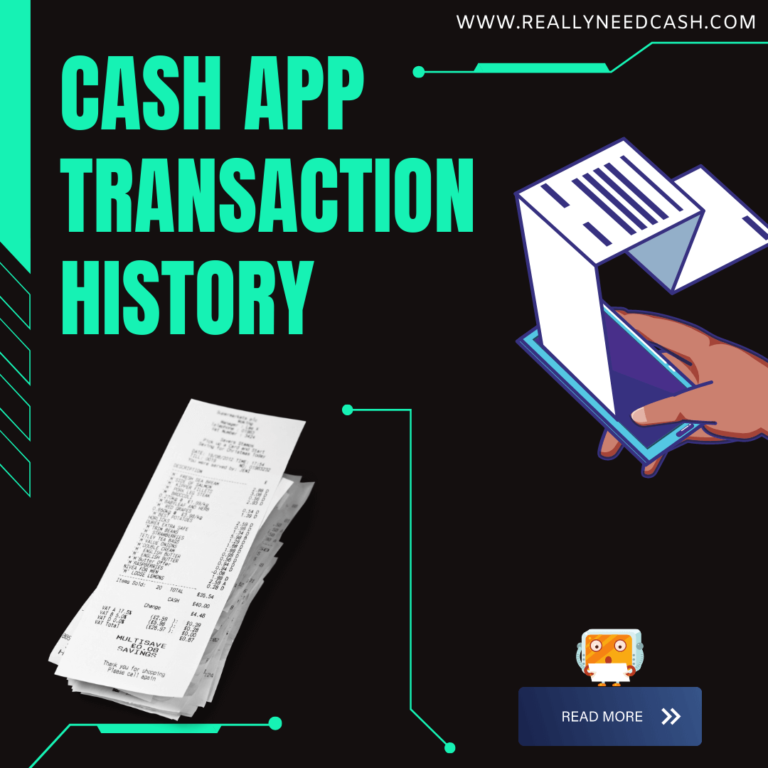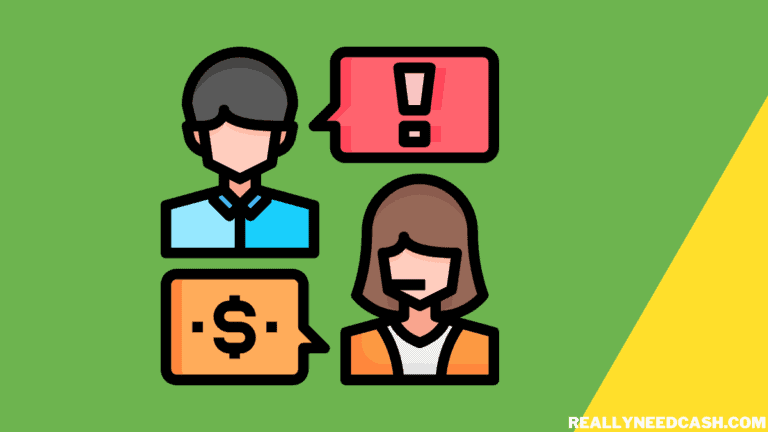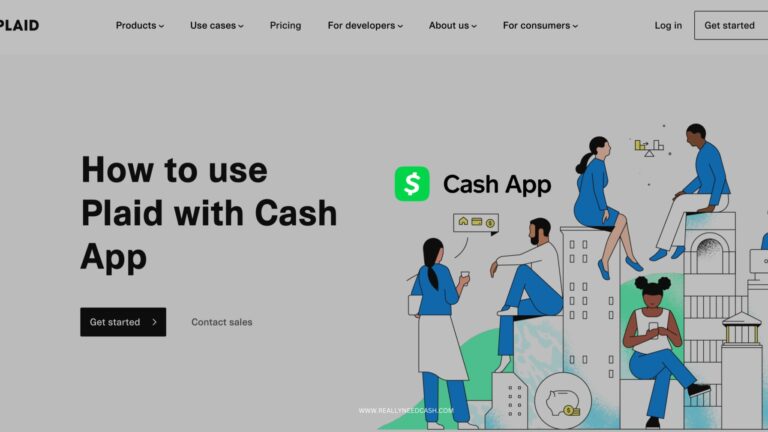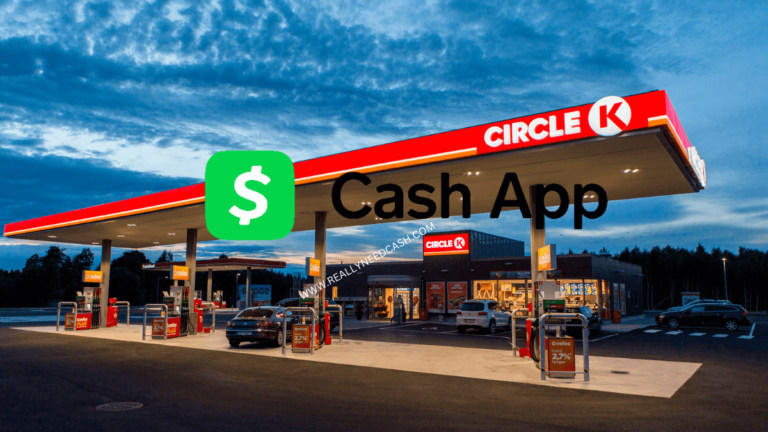Setting Up Cash App for Your Church
Setting up Cash App for your church can simplify how you receive donations and manage finances. This process involves creating an account, establishing a unique identifier, linking to a bank account, and understanding any potential fees.
Creating a Cash App Account
To start, I need to download the Cash App on my smartphone. It’s available for both iOS and Android devices. After installation, I’ll create my account by entering my phone number or email address.
Cash App will send a verification code to confirm my identity. Following that, I will create a secure password. Once my account is set up, I can customize my profile by adding my church’s name and other necessary details.
Having a verified account is essential for receiving funds safely and easily.
Establishing Your Church’s $Cashtag
Next, I’ll set up my church’s unique $Cashtag. This name allows members to easily send donations. I can customize this Cashtag to reflect my church’s name or a meaningful abbreviation, making it easier for donors to remember.
Choosing an appropriate $Cashtag helps in branding and makes our church easily identifiable within Cash App. I want to ensure it’s unique and straightforward to avoid confusion during transactions.
It’s important to share this $Cashtag through church bulletins or social media to encourage donations.
Linking to a Bank Account or Debit Card
Linking Cash App to a bank account or debit card is crucial for smooth transactions. I need to go to the settings within the app and select “Link Bank.”
I’ll choose to either enter my bank details manually or use my debit card information. Once linked, I can transfer funds directly to my bank account.
This feature allows for quick access to donations, ensuring my church can use the funds when needed. It’s also important to verify that the correct account is linked to avoid any mix-ups in funds.
Understanding Cash App Fees and Expenses for Nonprofits
Cash App usually charges a fee for instant transfers. Typically, this fee is around 1.5% of the transaction amount. For nonprofits, this cost can add up over time, so it’s something I want to consider while managing church finances.
Receiving funds directly into the account can avoid some fees, but it will take a bit longer. Being aware of these fees helps me plan better and informs members about any potential costs associated with their donations.
I can also explore alternative donation methods to minimize overall expenses while maximizing the impact of contributions to my church.
Managing Donations and Finances
Managing donations and finances effectively is essential for any church. It helps ensure that I can track contributions, satisfy IRS requirements, and maximize giving resources. Here are key aspects to focus on.
Processing Donations and Tithes
To process donations and tithes using Cash App, I first need to set up an account linked to the church’s bank account. Once I’m registered, I can accept one-time or recurring donations from members. For recurring donations, I can enable automatic payments, making it easier for donors to contribute regularly.
It’s important to share my Cash App details with the congregation. I can do this through newsletters, social media, and during church services. Additionally, I might consider creating QR codes that members can scan to donate instantly. This method offers convenience for both donors and the church.
Optimizing for Tax Reporting and IRS Compliance
As a 501(c)(3) organization, my church must maintain accurate records for IRS compliance. It’s vital to keep track of all donations for tax purposes. Cash App provides tools to generate reports that summarize monthly donations and fees, making it easier for me to report financials.
I should also ensure that I provide receipts for contributions, especially for amounts over $250. This helps donors claim their deductions accurately. Keeping organized records not only supports compliance but also enables me to communicate the impact of donations to my church community.
Utilizing Fundraising Tools and Features
Cash App can enhance my church’s fundraising efforts. By utilizing its fundraising tools, I can run specific campaigns for projects or outreach efforts. I should set clear goals and communicate these to potential donors.
Tools like donation tracking help me measure the success of each campaign. Additionally, I can run promotions to encourage giving during specific seasons, such as holidays. Using this platform effectively allows me to inspire generosity within our community and keep our church financially healthy.
Promoting and Securing Digital Giving
I find that promoting and securing digital giving is essential for churches today. By integrating Cash App effectively and ensuring security, we can enhance the giving experience for our community.
Integrating Cash App with Church Giving Platforms
To make the most of Cash App, I recommend connecting it to existing church giving platforms. This integration can streamline the donation process and increase online giving.
It helps to check the church app or website for any necessary updates. If the church uses specific software, ensure that Cash App aligns with it to minimize technical issues. Having everything connected in one place can simplify financial resources for both the church and the donors.
Many platforms allow for easy setup of donation links. This means donors can give directly from their phones. I also suggest informing members through social media and bulletins about the integration.
Maximizing the Benefits of Cash App for Giving
Cash App offers several benefits for church donations. There are no fees for ACH transactions, which means donors can give using bank accounts without added costs.
It’s also user-friendly, allowing people to make donations anytime, which is a plus for attracting gifts on non-Sunday services.
I suggest using QR codes linked to your Cash App donation page. These can be displayed during events or on church materials to make donating effortless. Also, consider offering options for credit card processing, but be transparent about any transaction fees that do apply. This open communication fosters trust among our congregation.
Ensuring Security and Preventing Fraud
Security is crucial when using digital payment methods like Cash App. To prevent fraud, I focus on keeping the account details private and sharing them only with trusted members.
Encourage the congregation to avoid public Wi-Fi when making donations, as it can compromise their information. Instead, suggest using mobile devices or secured desktops for transactions.
Regularly monitor donations for any unusual activity. Implementing two-factor authentication on accounts could add an extra layer of security. I also recommend keeping up with Cash App’s updates to stay informed about any new fraud prevention tools.
Frequently Asked Questions
When setting up Cash App for your church, there are several important questions that often come up. This section covers the steps needed to establish an account, how nonprofits can integrate it into fundraising, considerations for using it, and best practices for managing transactions.
What steps are required to establish a Cash App account for a church?
To start, I need to download the Cash App on my device. After installing, I create an account using my church’s name and tax identification number. I verify the account information to ensure everything is correct before linking it to the church’s bank account for donations.
How can a nonprofit organization integrate Cash App into its fundraising strategy?
I can promote Cash App as a donation option during services and events. Sharing the Cashtag through newsletters and social media helps reach a wider audience. Also, incorporating it into online fundraising platforms can make the giving process seamless for donors.
Are there special considerations for churches using Cash App for donations?
It’s crucial to ensure that the church’s tax ID is correctly linked. This protects the church and donors during tax season. Additionally, I need to be aware of any fees associated with transactions, especially for instant transfers which can reduce the total amount received.
What is the process for charities to accept donations via Cash App?
To accept donations, I provide donors with the church’s Cashtag. Donors can enter the amount they wish to give and complete the transaction directly through the app. I should confirm receipt of donations and keep records for future reference.
Is it possible for a church or a nonprofit to have a dedicated Cash App account, and how does this comply with financial regulations?
Yes, a church can have a dedicated Cash App account. It’s important to use the church’s legal name and tax information for compliance with regulations. This ensures transparency and proper reporting of funds received.
What are the best practices for managing Cash App transactions for nonprofit organizations?
I should regularly monitor transactions to stay updated on incoming donations. Keeping accurate records of each donation helps with budgeting and financial reporting. I also recommend communicating with donors, thanking them for their contributions, and updating them on how their funds are used.




